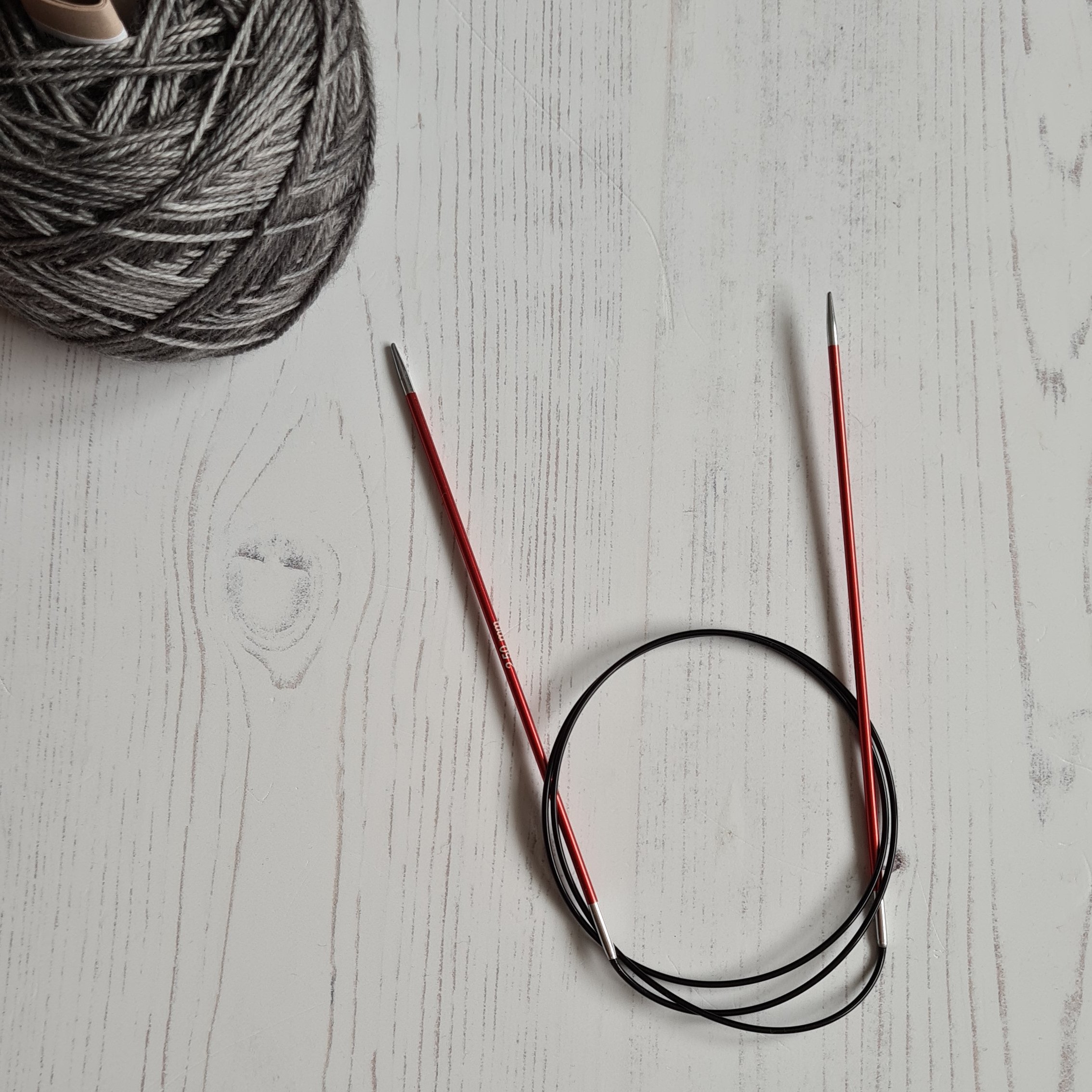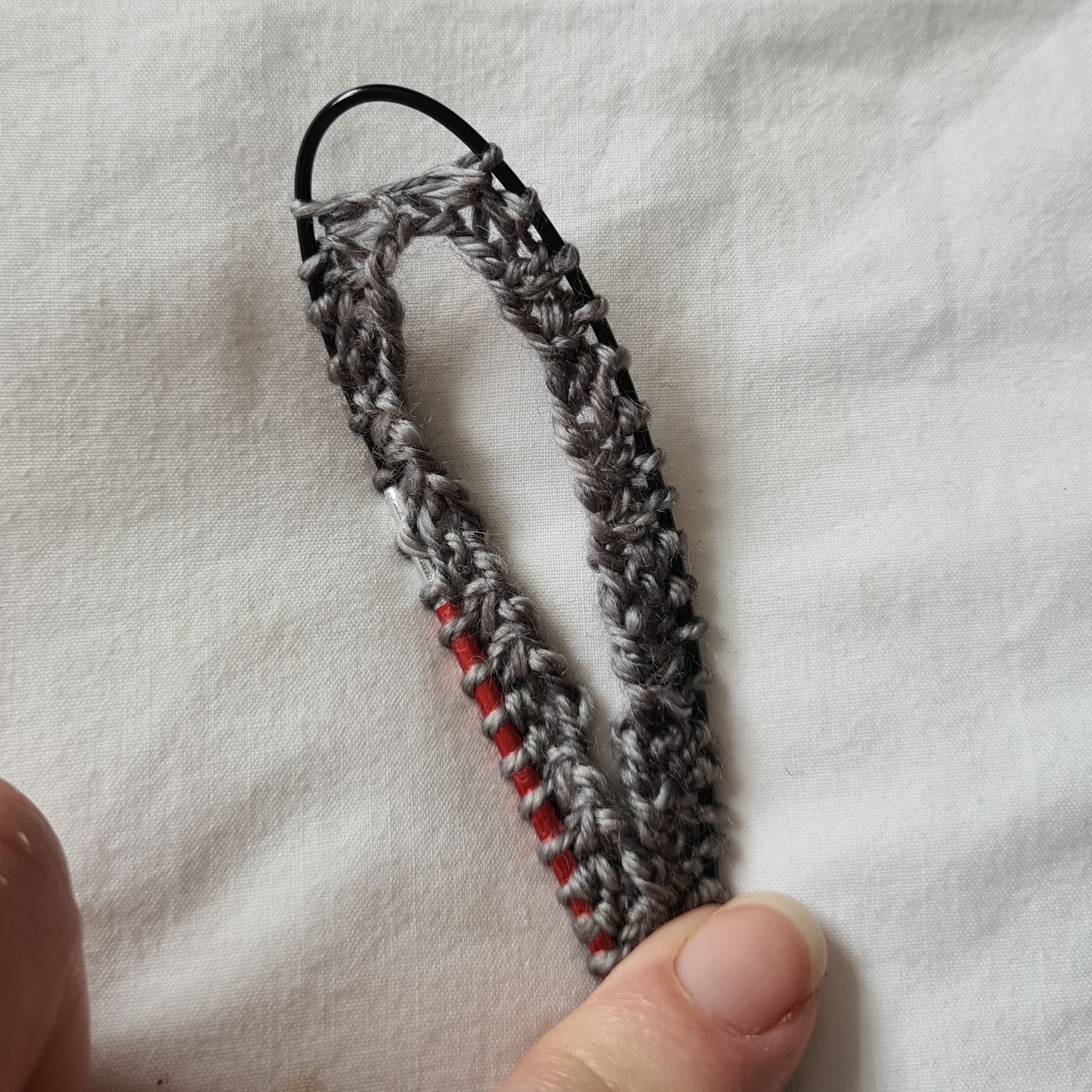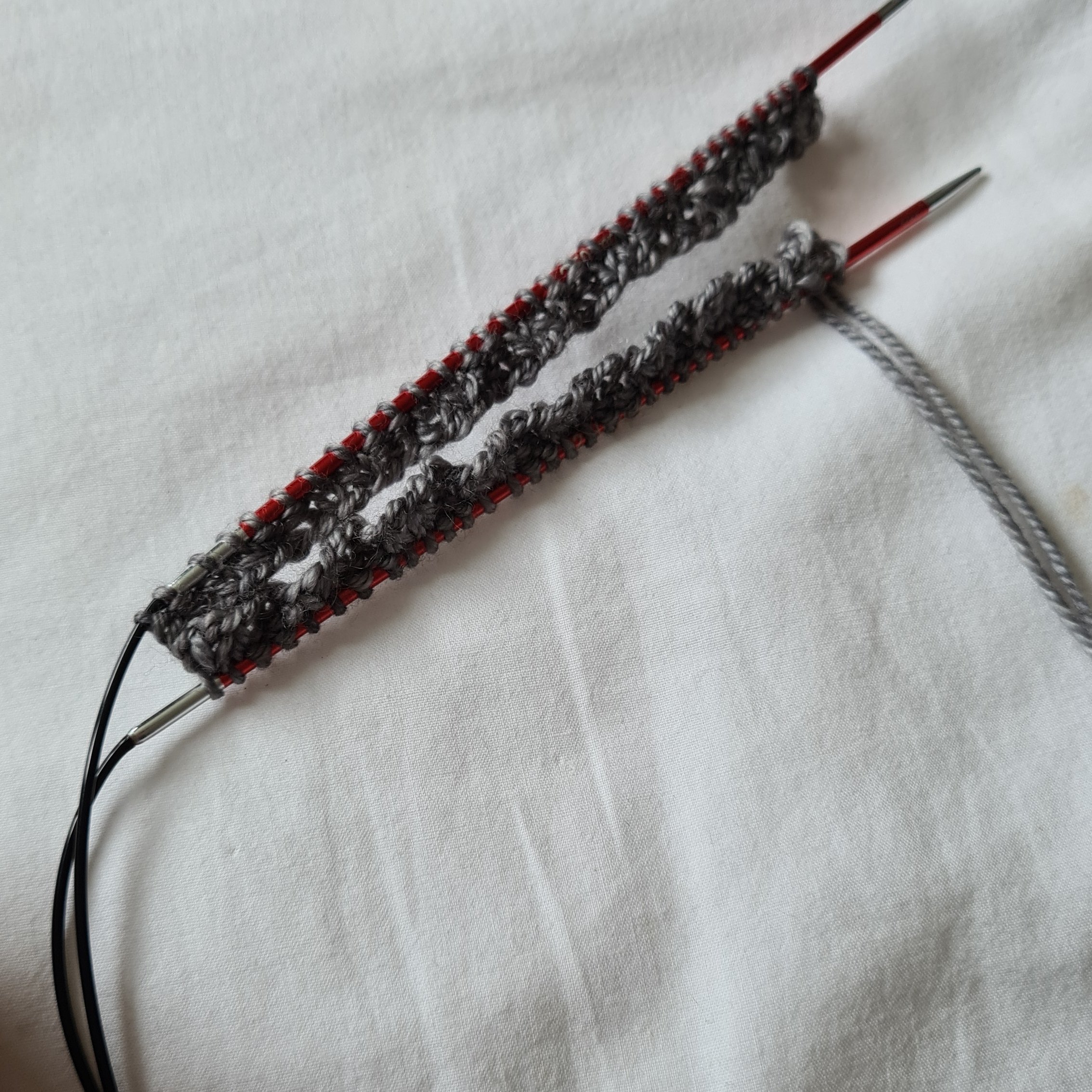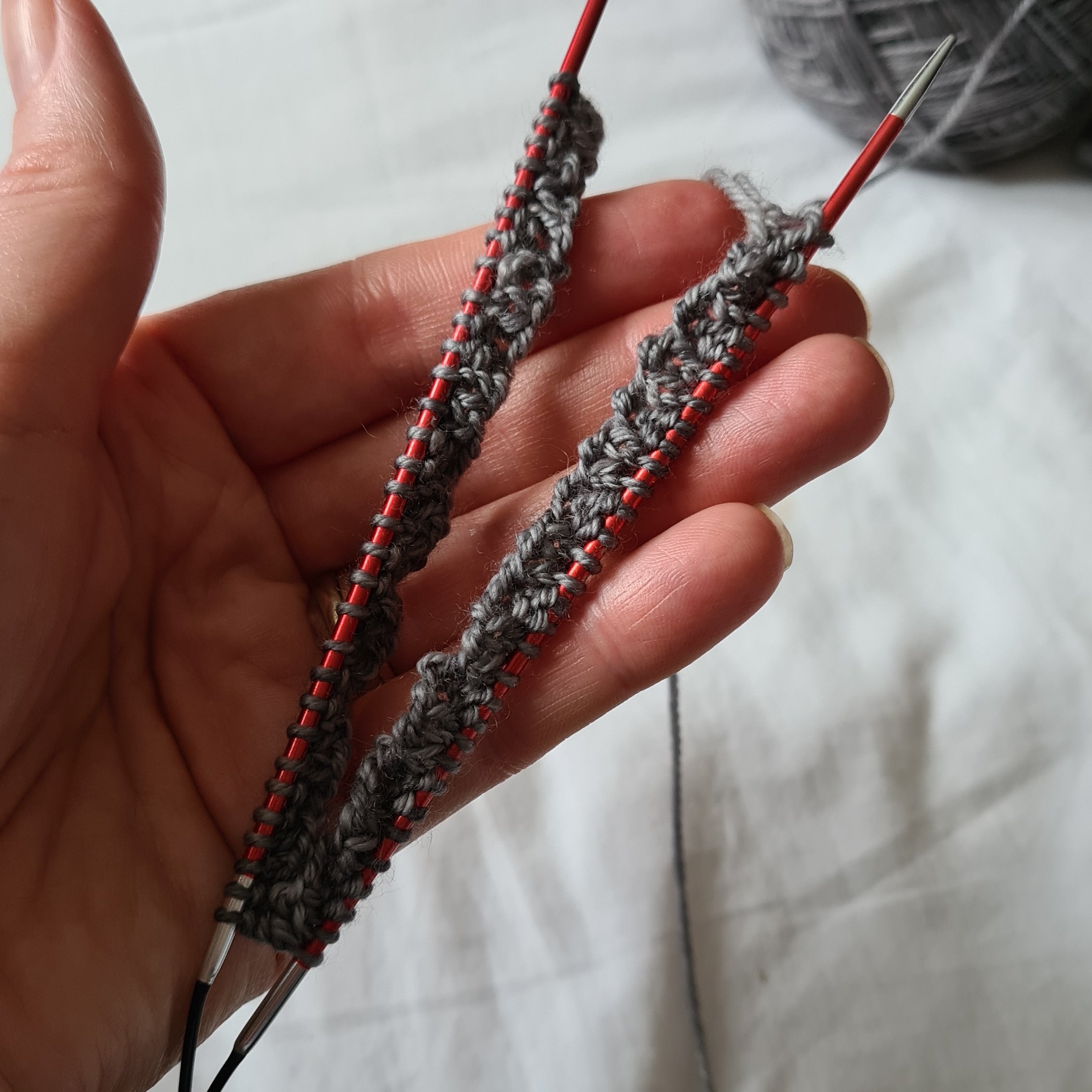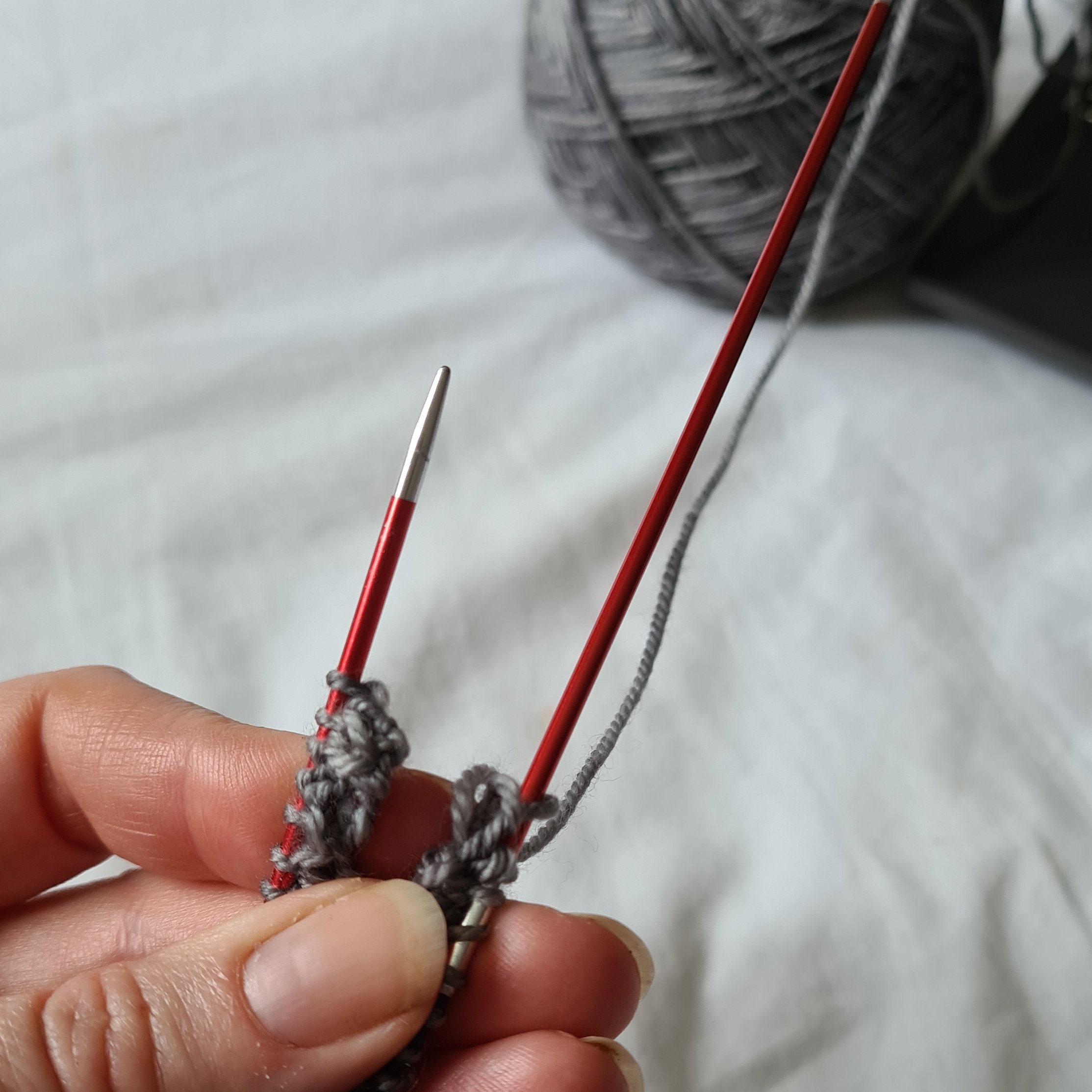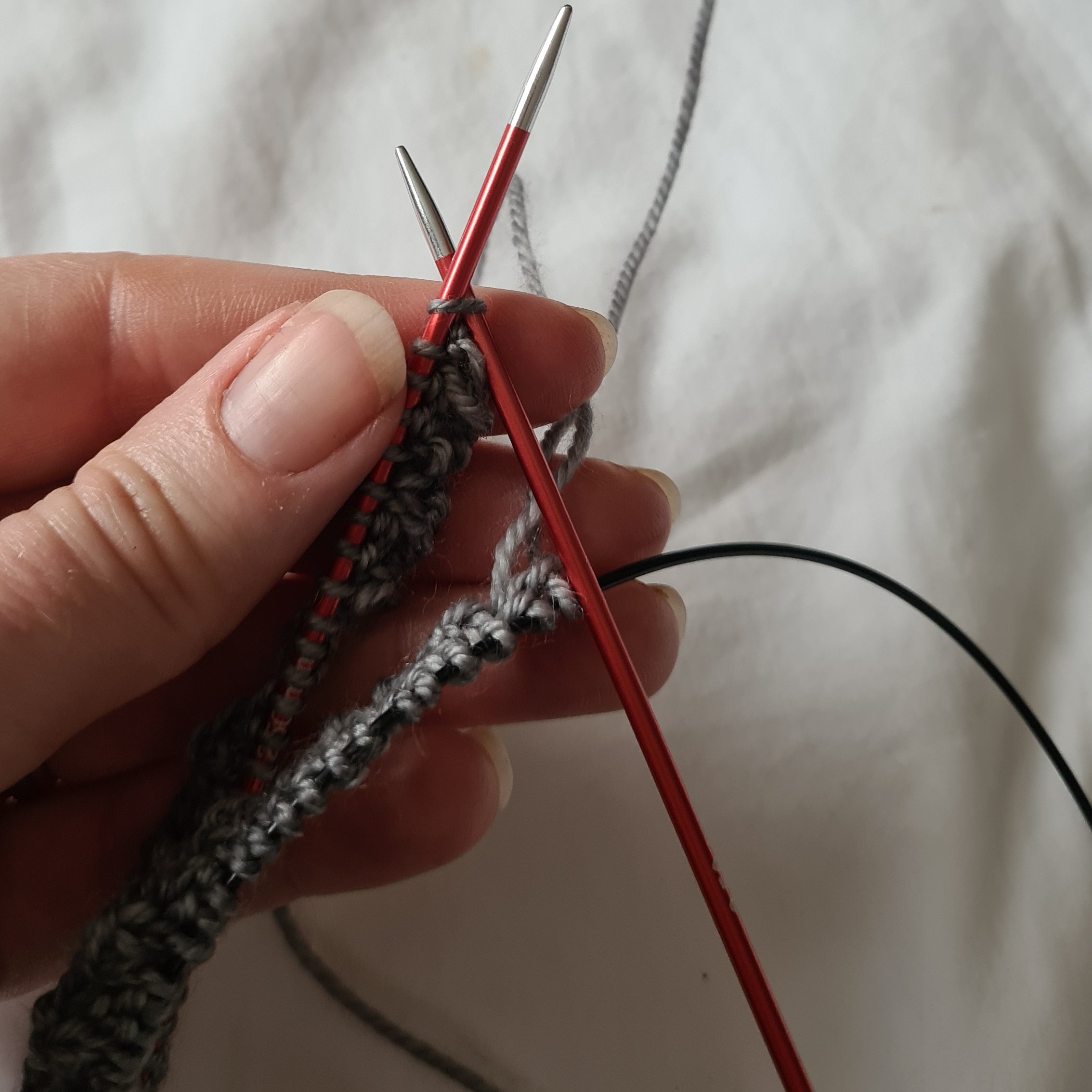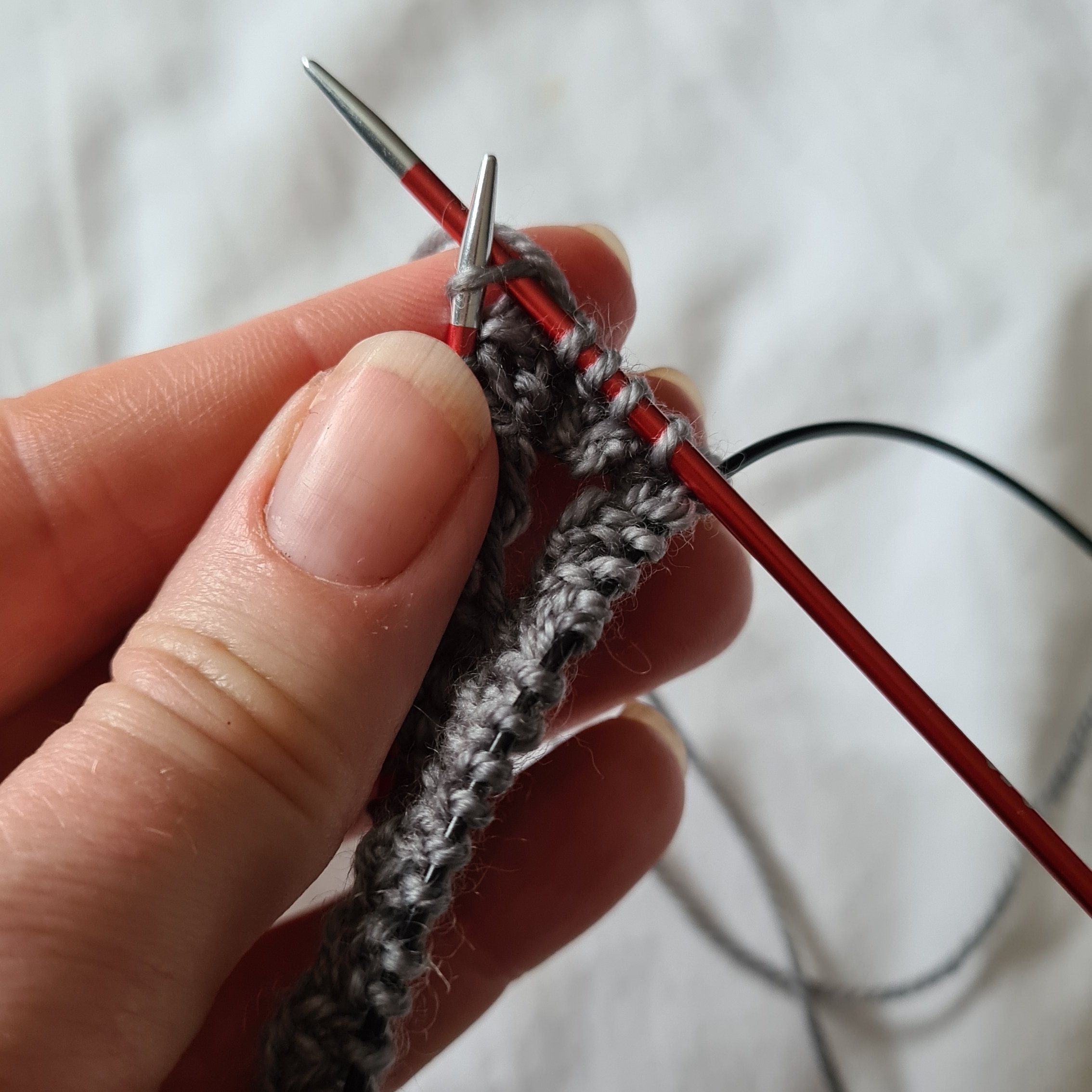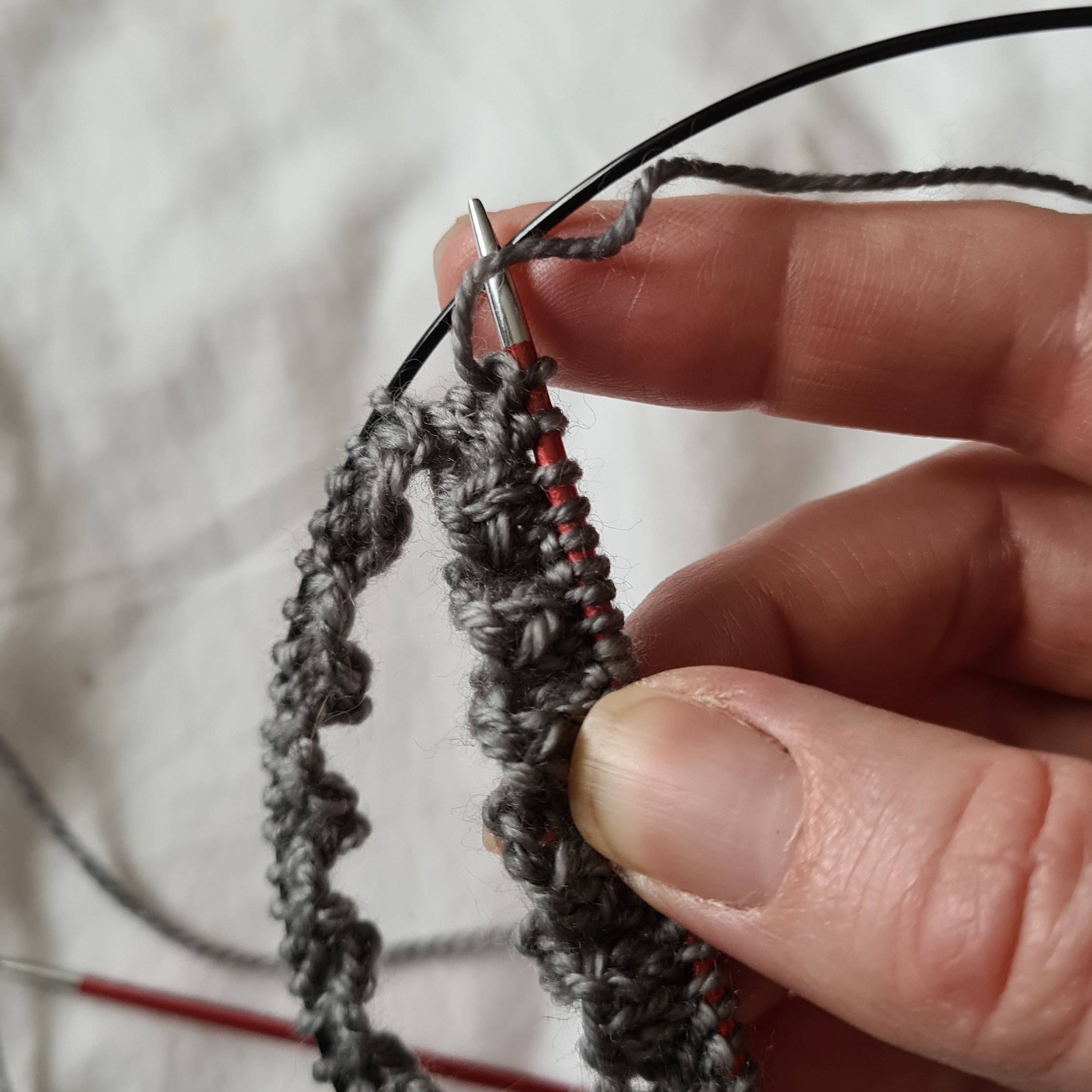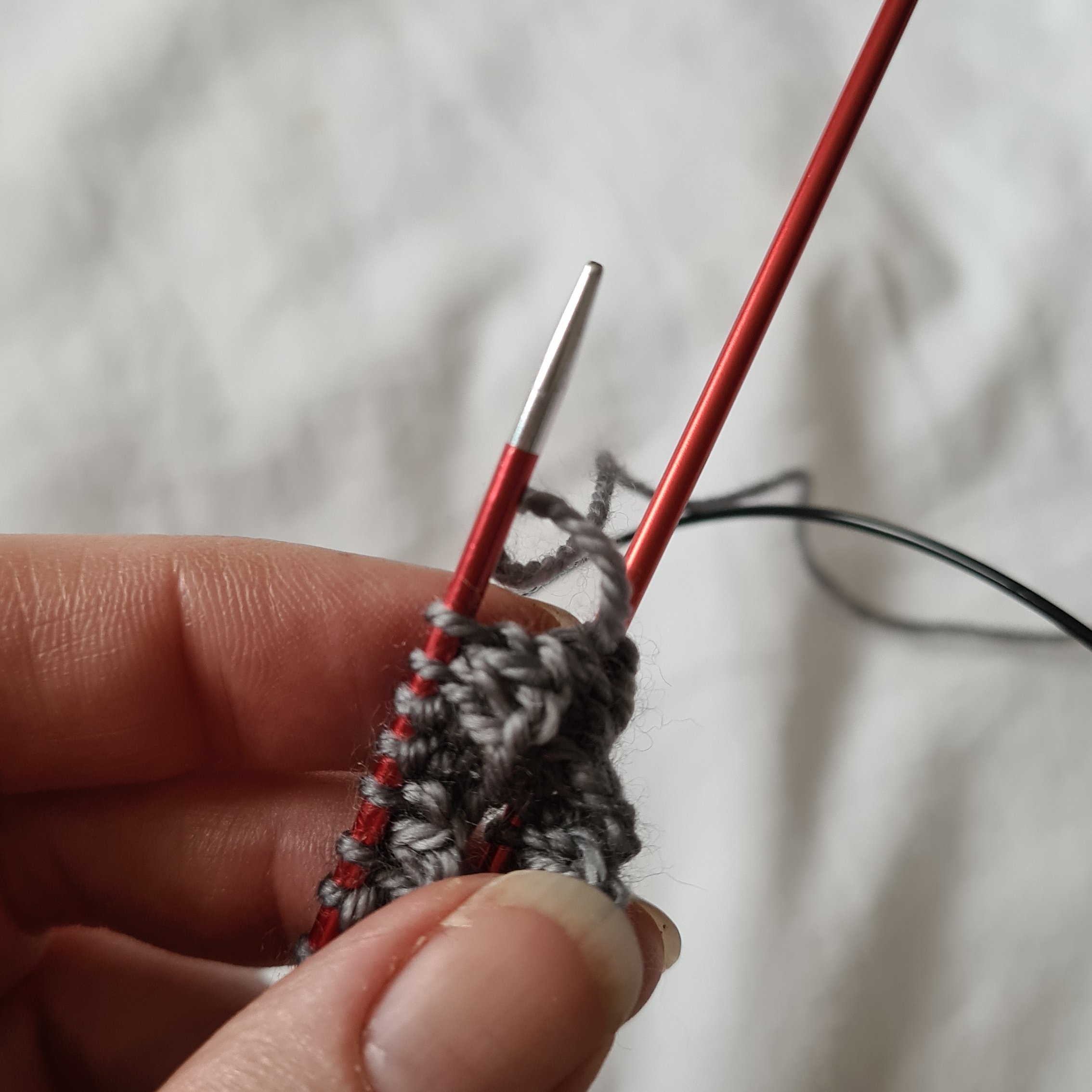It goes without saying, that you are welcome to support them with actual money as well :)
When I originally wrote this article times were tough for our local yarn shops (LYSs). Since then they have got worse. Much worse. Most weeks bring news of more LYSs closing or online stores either closing completely or reducing their range available.
Since I originally wrote this piece in 2020 we have lived through Covid and repeated lockdowns, the impact of Brexit (the economic equivalent of driving the country off a cliff) and now the cost of living crisis which sees businesses facing eye watering increases in their bills.
It’s hard to understate the impact this is having on business in general, and small businesses in particular. Large chain stores can absorb some of the impact, our LYSs - put simply - cannot.
Obviously times are hard for everyone and stocking up your yarn cupboard might not be top of your list but there are ways and means to continue to support our LYSs. The original article lists 5:
Leave a FB or social media review
Tag them on social media and share their posts
If they have a newsletter, share it with your pals
Offer to knit store samples or do a product review
Recommend them, often, rather than the ‘big box’ stores
To these suggestions I would also add the following:
6. Put them on your Christmas or birthday wish list
7. Ask for gift vouchers - or give these as birthday gifts to friends
8. Grow new knitters - chat to friends and see if anyone is keen to learn
9. Enquire about courses/classes
10. Don’t forget the power of local media - mention them on local FB groups or a letter to the local paper thanking them for good service etc.
To steal from a notorious large supermarket “every little helps”, but in this case it really does.






